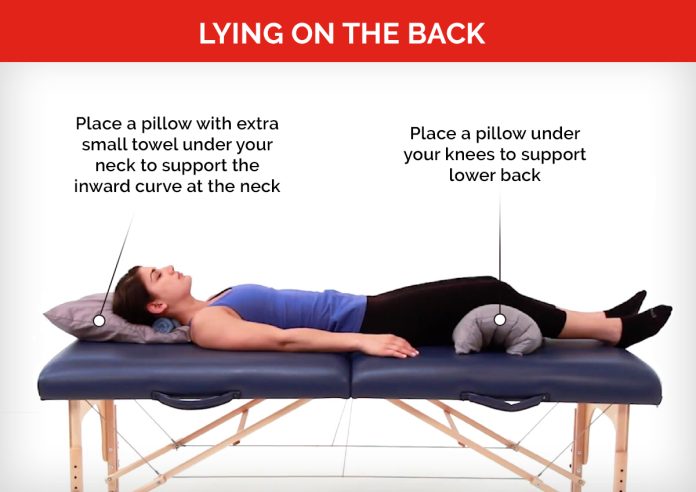Estimated reading time: 0 minutes
If you have lower back pain or sciatica, you likely want to know how to alleviate your symptoms and prevent recurrences or flare-ups. Being active and avoiding bed rest can help you achieve both objectives.
Keeping active can involve a variety of strategies, such as continuing your normal activities, incorporating a simple form of exercise, such as brief walks, and/or adhering to a structured and guided exercise programme.
This article discusses the dangers of protracted bed rest as well as the benefits of engaging in low-impact physical activity for back pain sufferers.
How extended bed rest may exacerbate back pain
If your back pain is severe, lying down for a while may be beneficial, but prolonged bed rest may not be the best treatment option. When you limit your physical activity and spend extended periods of time lying down, the following alterations may occur in your spine:
musculoskeletal deconditioning
Atrophy occurs in the extensor and flexor muscles of the spine, which assist in forward and backward bending movements. These muscles, especially the erector spinae and multifidus, are essential back stabilisers that enable you to withstand compressive pressures.
Differences in disc size
Intervertebral discs swell as a result of fluid absorption when a person reclines. During this time, there is a substantial risk of injury, such as herniation, particularly when bending. 5 Variations in the spinal biomechanics
Prolonged lying down flattens the normal lordotic (inverted C) curve of the lower spine, altering the normal mechanics of the spine.
The risk of injury is increased.
These modifications can weaken your back and exacerbate your discomfort. In addition, spinal instability and limited load-bearing capacity increase the risk of injury brought on by these modifications.
Two recommendations for remaining active when experiencing back pain
Physical activity can aid in increasing blood flow to the back, enhancing muscular strength and flexibility, nourishing the spinal discs, and fortifying the joints and bones.
Here are two guidelines to help you get started:
Deal with the present suffering.
If your pain prevents you from engaging in physical activity, consider the following pain-relieving strategies:
Icing treatment
Temperature treatment
Anaesthetics applied topically
Swedish Massage
As your discomfort level decreases, you will be able to perform more physical activities.
Participate in activities with low impact that help you acquire strength.
Staying active with back pain does not necessarily entail engaging in high-impact activities. Start with low-impact exercises that progressively improve your strength and spinal stability with less effort and fatigue, such as:
Stretching the hamstrings easily
Easy exercises for the lower back
Back discomfort Yoga Poses for Beginners Water Therapy Exercise Programme
Consult your physician or physical therapist before beginning a new fitness programme, particularly if you are experiencing significant back pain. Stop exercising immediately and consult your doctor if you experience sudden or severe pain. Be careful to use correct posture, form, and technique when performing the prescribed exercises.
Compared to bed rest, following these guidelines may result in longer-lasting back pain relief and fewer recurrences. Maintaining a consistent routine of any of the low-impact activities listed above will enhance your overall health and may significantly improve your spinal health.
Related-
Know more about Ayurvedic Spinal Disk & Radiculopathy Treatments.
GET IN TOUCH


Recent comments